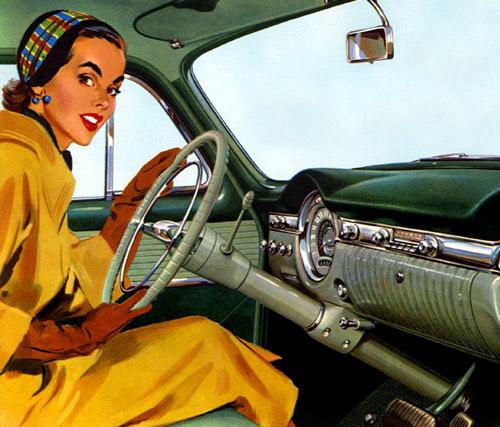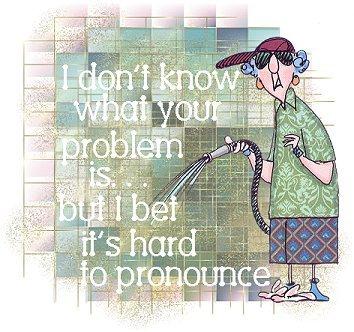About The Show
The Annual Seal Beach Car Show is held in April every year for the past twenty-four years and offers the opportunity for the experts to show their wears. Some cars are total refurbished, many are originals, and a load of specialties like the hot rods, army jeeps, and every a collection of pickups are shown!

We just enjoy old cars and all the lies that go with them!!

Let's go see the old cars!
If You Don't Like Old Cars Then...

Maxine has some words for you!
Hot rods are typically American cars with large engines modified for linear speed. The origin of the term "hot rod" is unclear. One explanation is that the term is a contraction of "hot roadster," meaning a roadster that was modified for speed.
Roadsters were the cars of choice because they were light. The term became commonplace in the 1930s or 1940s as the name of a car that had been "hopped up" by modifying the engine in various ways to achieve higher performance.
The term seems first to have appeared in the late 1930s in southern California, where people would race their modified cars on the vast, empty dry lake beds northeast of Los Angeles under the rules of the Southern California Timing Association (SCTA).
The activity increased in popularity after World War II, particularly in California because many returning soldiers had been given technical training in the service. The original hot rods were old cars (most often Fords, typically Model Ts, 1928–31 Model
As, or 1932-34 Model Bs), modified to reduce weight. Typical modifications were removal of convertible tops, hoods, bumpers, windshields, and/or fenders; channeling the body; and modifying the engine by tuning and/or replacing with a more powerful type.
Wheels and tires were changed for improved traction and handling. "Hot Rod" was sometimes a term used in the 1950s as a derogatory term for any car that did not fit into the mainstream. Hot rodder's modifications were considered to improve the appearance as well, leading to show cars in the 1960s replicating these same modifications along with a distinctive paint job.
Engine swaps often involved fitting the Ford Flathead engine, or "flatty", in a different chassis; the "60 horse" in a Jeep was a popular choice in the '40s. After the appearance of the 255 cu in (4.2 l) V8, because of interchangeability, installing the longer-stroke Mercury crank in the 239 was a popular upgrade among hot rodders, much as the 400 cu in (6.6 l) crank in small-blocks would become.
In fact, in the 1950s, the flathead block was often fitted with crankshafts of up to 4.125 in (104.8 mm) stroke, sometimes more.
In addition, rodders in the 1950s routinely bored them out by 0.1875 in (4.76 mm) (to 3.375 in (85.7 mm)); due to the tendency of blocks to crack as a result of overheating, a perennial problem, this is no longer recommended.
In the '50s and '60s, the flatty was supplanted by the early hemi. By the 1970s, the small-block Chevy was the most common option, and since the '80s, the 350 cu in (5.7 l) Chevy has been almost ubiquitous.